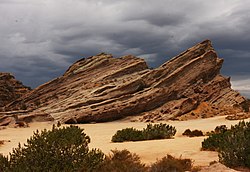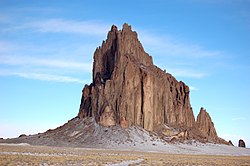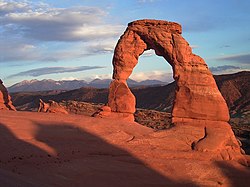Arizona




- Antelope Canyon
- Canyon de Chelly National Monument
- Capitol Butte
- Cathedral Rock, Red Rock State Park, Sedona
- Cathedral Rock (Coconino County, Arizona)
- Chaistla Butte
- Chiricahua National Monument
- Big Balanced Rock
- Duck on a Rock
- Mushroom Rock
- Natural Bridge
- Organ Pipe
- Pinnacle Balanced Rock
- Punch and Judy
- Sea Captain
- Church Rock
- Comb Ridge
- Coyote Buttes
- Elephants Tooth
- Grand Canyon
- Angels Gate
- Angels Window
- Apollo Temple
- Brahma Temple
- Buddha Temple
- Cheops Pyramid
- Chuar Butte
- Coronado Butte
- Deva Temple
- Dox Castle
- Explorers Monument
- Gunther Castle
- Holy Grail Temple
- Horseshoe Mesa
- Manu Temple
- Marsh Butte
- Mount Hayden
- Mount Sinyella
- O'Neill Butte
- Shiva Temple
- Sinking Ship
- Tower of Ra
- Tower of Set
- Vishnu Temple
- Wotans Throne
- Zoroaster Temple
- Numerous other named buttes, mesas, and "temples"
- Hole-in-the-Rock, Papago Park, Phoenix
- LeChee Rock
- Monument Valley
- Owl Rock
- Petrified Forest National Park
- Agate Bridge
- Phallic Rock
- Round Rock
- Square Butte
- Tonto Natural Bridge
- Tower Butte
- Two Nuns
- Weaver Needle, Superstition Mountains
- Window Rock



































